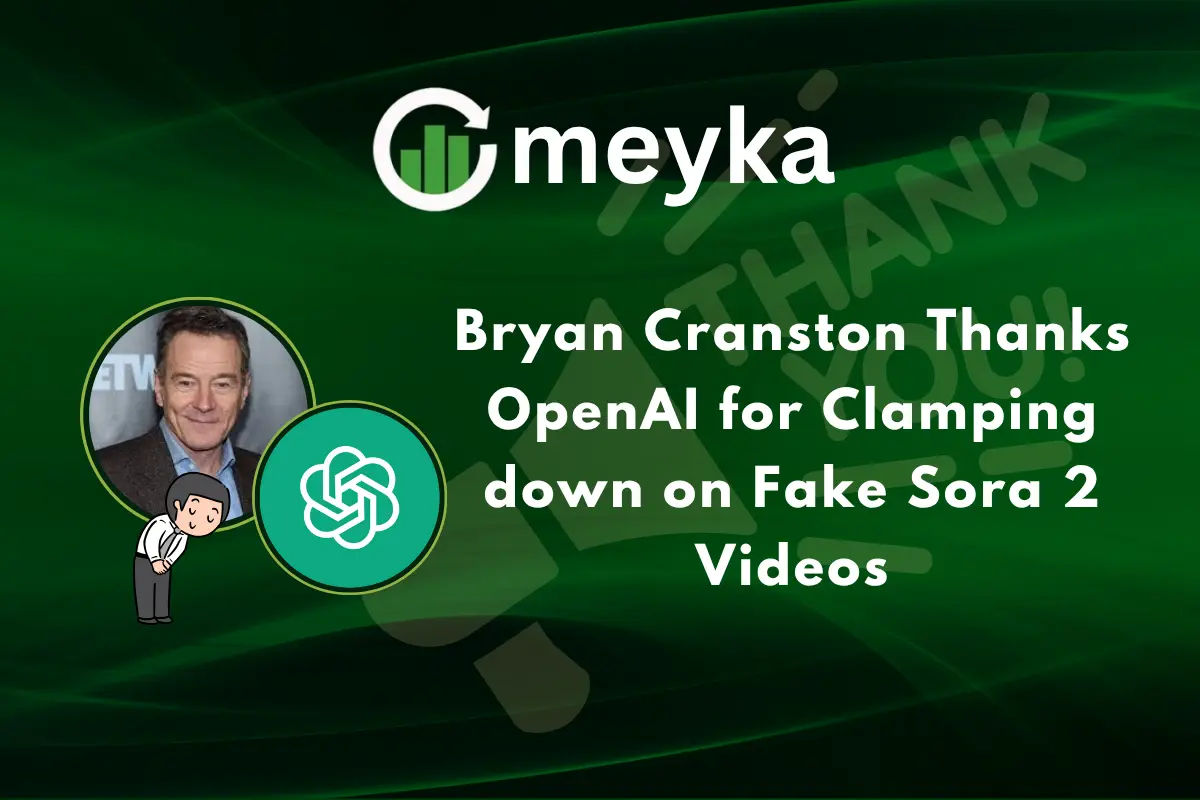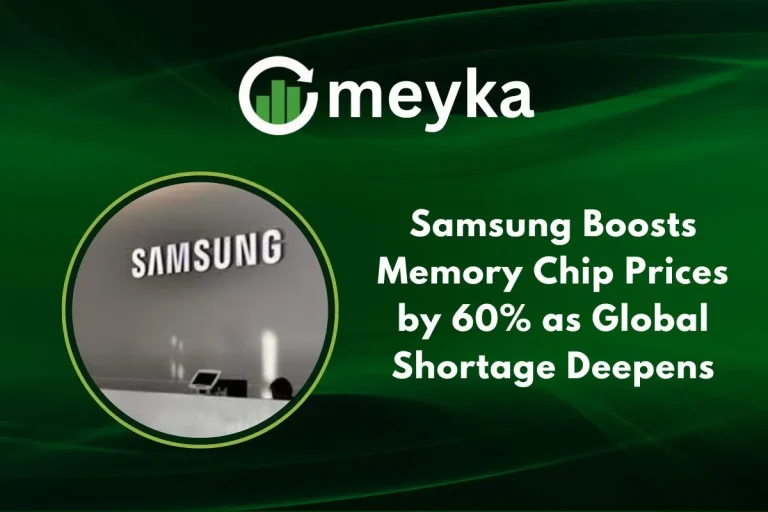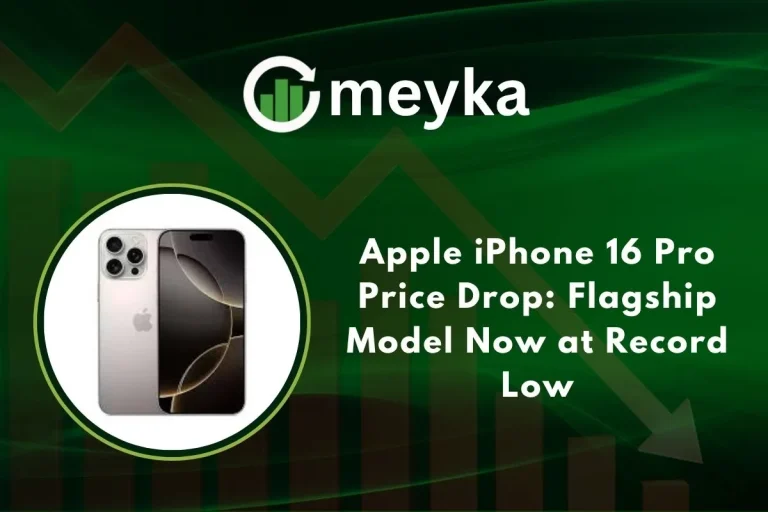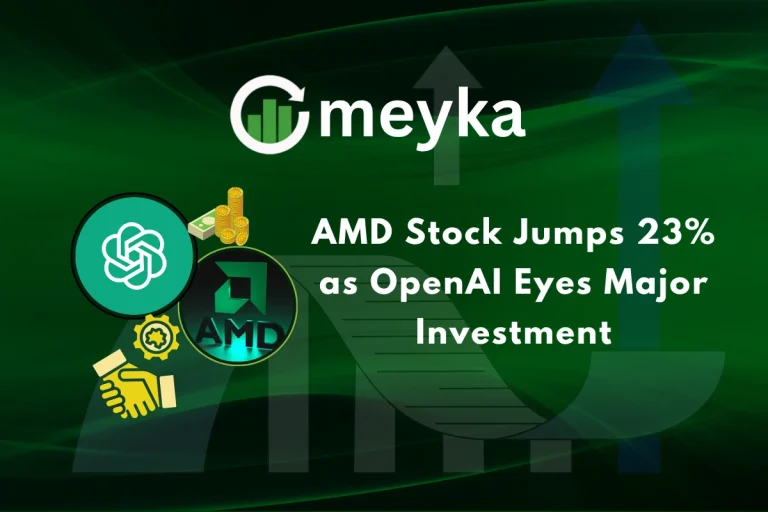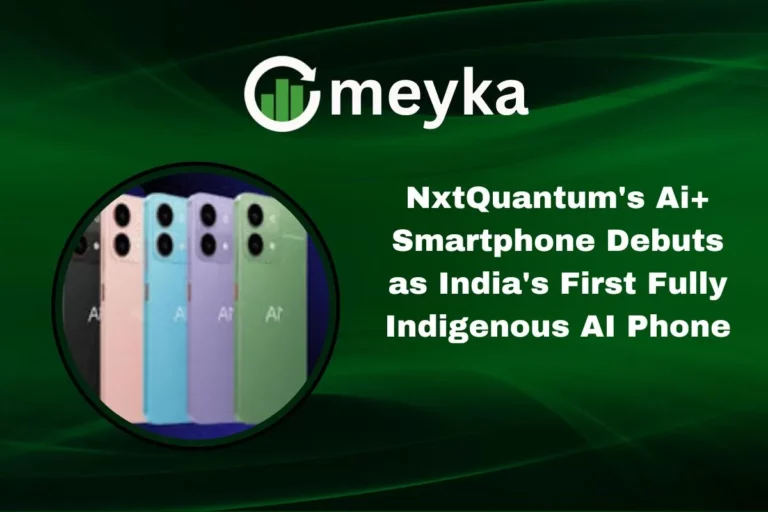Bryan Cranston Thanks OpenAI for Clamping down on Fake Sora 2 Videos
On October 21, 2025, actor Bryan Cranston publicly expressed gratitude to OpenAI for tightening its safeguards around the AI-video platform Sora 2. He had become aware that his voice and likeness were being used without his consent to create deepfake clips on the system.
In response, OpenAI shifted from a default “opt-out” to a stricter “opt-in” policy for celebrity likenesses. The move marked a key moment for actors, creators, and tech firms alike, as it underscored the growing tension between artistic control and rapid AI innovation. Cranston’s message: real people deserve real choices over how their image is used.
The episode invites a broader look at how AI tools are evolving and how we navigate the line between creativity and misuse.
Background: The Rise of Deepfake Entertainment
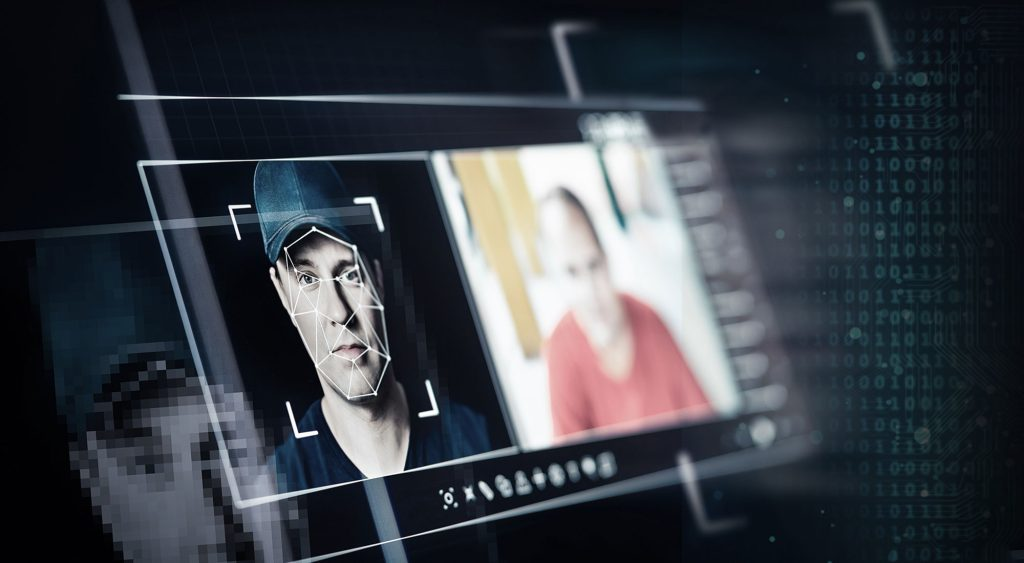
AI video tools have improved quickly. New models can make short, realistic clips from simple text prompts. Creators use these tools for art, parody, and fan projects. But the same tech can copy a person’s face and voice. That makes it easy to create fake videos that look real. Hollywood and lawmakers have warned about the risks. They say consent and clear labels must come first as synthetic media spreads.
The Fake “Sora 2” Clips: How they Spread?
Sora 2, OpenAI’s upgraded video model, went viral after launch. Users posted realistic scenes of public figures that never happened. One widely shared clip placed Bryan Cranston next to a synthetic Michael Jackson. Other posts reimagined historical speeches and cartoon characters in strange settings. These clips spread on X, TikTok, and YouTube. The reach was fast and wide. That pushed the debate from niche forums into mainstream headlines on October 20-21, 2025.
Cranston’s Reaction and the Joint Statement
Bryan Cranston raised concerns through SAG-AFTRA after his likeness appeared without permission. He called the misuse troubling for actors and creators. Cranston later thanked OpenAI for taking stronger steps to stop non-consensual clips.
A joint statement from Cranston, OpenAI, SAG-AFTRA, and major talent agencies said the company would tighten controls and handle complaints faster. That public alignment signaled unusual cooperation between talent and a major AI firm.
OpenAI’s Response: Policy and Action
OpenAI issued an apology and moved to strengthen Sora 2’s guardrails. The firm clarified an opt-in approach for using a real person’s voice or likeness. Platforms and talent groups promised quicker takedowns for flagged content. OpenAI also said it would limit synthetic depictions of some historical figures after estate requests. These measures aimed to block repeat misuse and restore trust. The changes were announced and rolled out in late October 2025.
What does this mean for Hollywood and Creators?
The incident shows how fast tech can outpace contracts and norms. Actors now press for clearer rights over digital doubles. Unions such as SAG-AFTRA push for legal protections like the proposed NO FAKES Act. That bill would make non-consensual digital replicas unlawful. Talent agencies also seek pact terms that explicitly cover synthetic likenesses in future deals. Studios must now rethink licensing and residuals for AI-made uses of archived footage and cloned performances.
Industry Fixes and Technical Tools
Platforms can adopt several practical defenses. First, stricter identity verification for creators who generate realistic likenesses. Second, mandatory provenance labels and robust watermarking on AI-created content. Third, faster collaboration between AI firms and rights holders to remove abuse. Finally, improved detection systems that spot generated content reliably. Those steps, combined with legal reforms, could reduce harm while letting creators explore new forms of storytelling.
Ethical and Legal Tensions
Tough questions remain. Who owns a digital performance? Can an actor license a synthetic version for new projects? How are heirs or estates handled? Courts and legislators will sort out many disputes. Meanwhile, reputational harm and misinformation are urgent problems. The Cranston Sora 2 episode shows both the power of AI and the need for guardrails that match that power.
A Cautious Path Forward
The policy fixes after October 20-21, 2025, are an important start. They prove that platforms can change course under pressure. But technical fixes and one-off promises are not enough. Clear laws, stronger contracts, and better detection tools must work together.
The creative community and tech companies must keep talking. Only then can innovation continue without trading away consent and trust. One helpful way to monitor market and legal shifts is to run scenario checks through tools like the AI stock research analysis tool to understand potential business impacts.
Frequently Asked Questions (FAQs)
On October 21, 2025, Bryan Cranston thanked OpenAI for removing fake Sora 2 videos that used his image without permission, showing respect for actor rights and consent.
Fake Sora 2 videos are AI-made clips that look real but aren’t. They used deepfake technology to copy people’s faces and voices without consent, spreading confusion online.
Since October 2025, OpenAI has added new safety rules for Sora 2. It now removes fake celebrity clips faster and requires real permission before using someone’s likeness.
Disclaimer: The above information is based on current market data, which is subject to change, and does not constitute financial advice. Always do your research.
